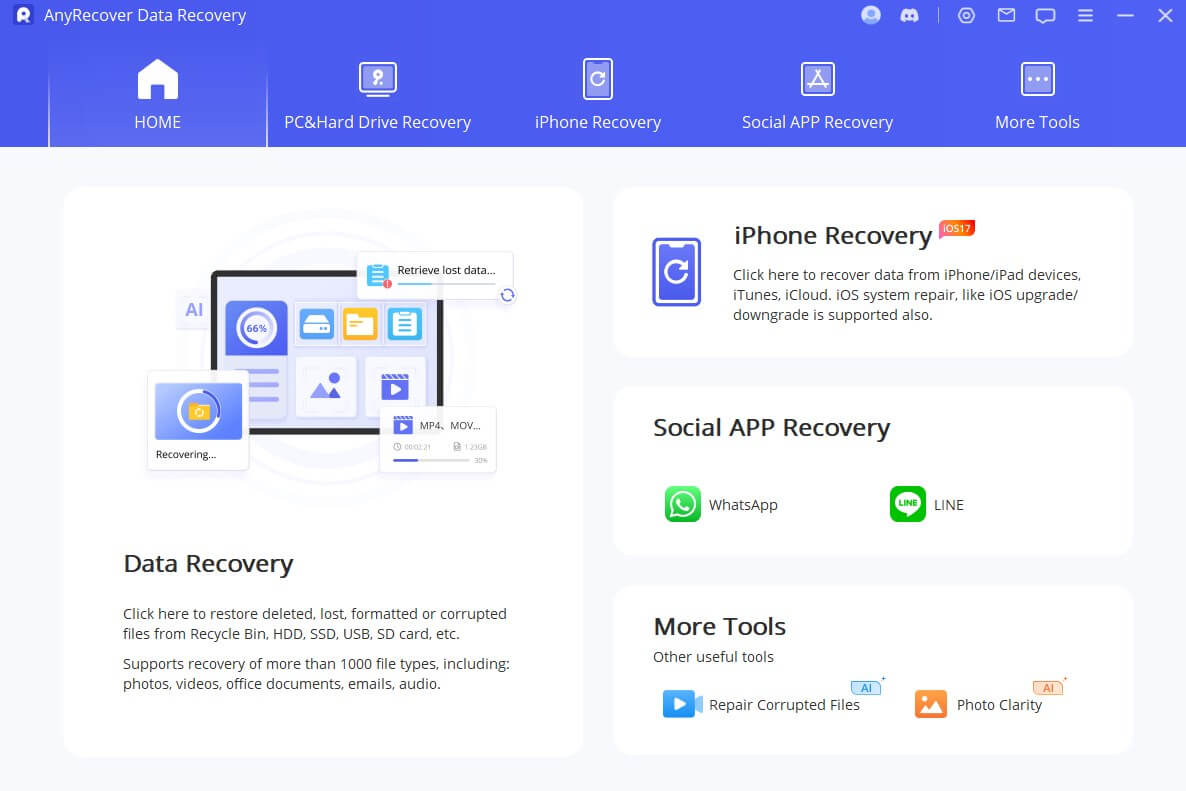When transmitting data over a network and between systems, developers must account for the high resource consumption and potential latency issues that occur. To solve these issues, many will turn to serialization and deserialization, which developers can leverage to enhance data transfer and create a highly efficient object transfer mechanism.
When people question what is serialization and deserialization, they tend to focus on the processes themselves, completely ignoring the major security risks they can pose. In this article, we’ll explore these processes, outline the core security risks they can create, and demonstrate how your business can keep itself safe.
What Is Serialization and Deserialization?
Serialization and deserialization are two processes that work in tandem, helping to convert objects into data for effective data exchange and back again.
The process starts with serialization, where an object is transformed into data. In this process, serialization ensures that the object is in a similar state, but changed into a form of data that is more effective for transfer. For example, an object may be serialized into a JSON or XML format, making it easier to send over a network.
Deserialization is the opposite process, which takes the serialized data file (like a JSON) and then converts it back into its initial object phase. This is a vital endeavor, as some systems may need to use the object in their application and wouldn’t be able to interact with it in the data format.
When working together, these processes create a highly effective system of converting objects or data into a different format for more effective transfer. Therefore, they form a core part of data exchange while ensuring that an object’s format is maintained. There are a number of benefits of using serialization and deserialization processes:
- Rapid Communication: When applications or distributed systems need to exhcnage data, serialization and deserialization provide a rapid means of doing so. This provides an optimal form of data exchange.
- Interoperability: Interoperability refers to the ability for an object or component to function over different systems. Using serialization and deserialization provides interoperability, as these processes can transform data or an object into a more appropriate format.
- Object Persistence: Objects must keep a certain structure in order to provide their intended function to an application. Serialization ensures that objects maintain their structure even while in a different format, ensuring that, once deserialized, they can function correctly.
However, while serialization is highly effective, the deserialization process can introduce some potential security vulnerabilities into a system if developers don’t implement solutions.
The Security Risks of Deserialization
Typically, the deserialization process is highly regulated and monitored, as it can represent a weak point in the security of applications. Developers will be sure to examine the serialized data, parse it, and create a shell object before then restoring the data to this object format. These additional steps provide opportunities to survey the data and ensure that is does not contain anything it shouldn’t.
Yet, while these precautions exist, they are still not enough to create an impenetrable system. When insecure deserialization occurs – which is where a malicious attack originates from the deserialization process – it can have disastrous effects on an application’s security.
Here are a few of the main security risks that deserialization can cause:
- Injection Attacks: Without security tools that monitor the deserialization process, hackers could inject malicious code into this process to disrupt an application. Injection attacks can lead to corruption or loss of control of your system.
- Denial-of-Service: Also known as DOS, denial-of-service is where a deserialized object has the malicious intent to consume as many resources as possible from your server system. This is a method that hackers use to disable your system from the inside out, resulting in an attack that closely resembles DDoS.
- Remote Code Execution: When a hacker manages to include malicious software in a serialized object, it can instantly execute once deserialized on a system. If a developer deserializes data that has malicious code inside it, it could remotely execute and rapidly exfiltrate data from your system or provide a hacker with direct access to your administration controls.
- Deserialization Interception: If a business is using serialization and deserialization to transfer important pieces of data, like authentication tokens, it must ensure that data transfer is encrypted. Without this, malicious actors could intercept the serialized data and then deserialize it themselves to gain access to its precious data.
Businesses must be aware of the potential attacks and exploits that hackers may try to rely on when they use serialization and deserialization. By understanding these threats, companies can then leverage security solutions that reduce the likelihood of a successful attack, creating a more secure deserialization process.
Protecting Against Serialization Exploits
Serialization and deserialization are extremely useful processes that can create a more effective data exchange system. However, businesses must take the necessary steps to protect themselves against deserialization exploits and create the most secure method of data exchange possible.
For example, Runtime Self Application Protection software can monitor an application’s runtime to identify any malciious behavior. If a deserialized object attempted to execute code on your system, RASP could identify this as it was happening and rapidly disable the malware’s ability to operate.
By introducing leading cybersecurity tools and controls, you can use serialization and deserialization without having to worry about the possibility of interception of malicious intent after each deserialization.
















